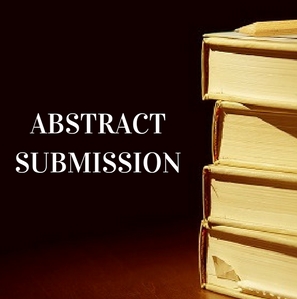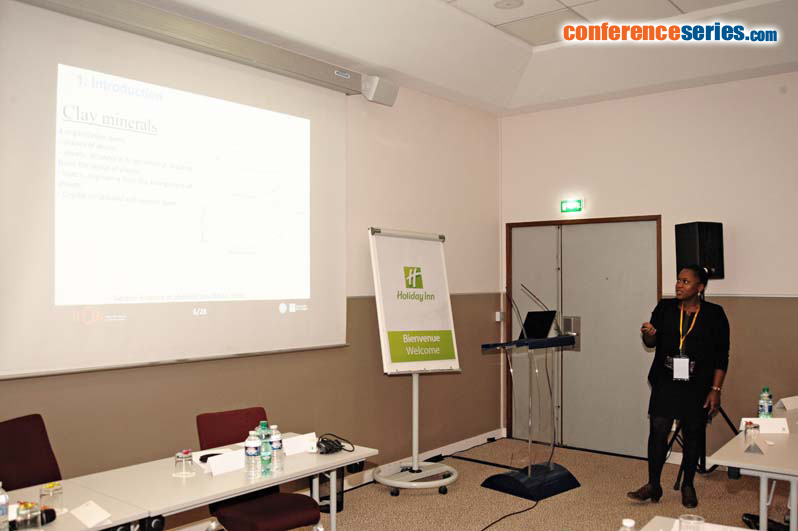
Gisele Laure Lecomte-Nana
The National Center for Scientific Research, France
Title: Sustainable textured ceramics: Formulation of clay slurries for tape casting and properties of tapes
Biography
Biography: Gisele Laure Lecomte-Nana
Abstract
Statement of the Problem: Textured materials are offering a very interesting variation of properties of use depending on the chosen direction. The anisotropy that is exhibited by textured ceramics promotes their efficiency in service (filtration membranes, fuel cells or multilayer ceramic capacitors). Layered ceramics shaped by tape casting are developed in this scope. The thickness of the manufactured tapes ranges from 25 µm to 1600 µm. In most cases, relatively pure oxides or synthesized powders are used for these ceramics, and therefore induce great environment and economic impacts. In order to reduce the latter issues, the enhancement of using clays, which are environmentally friendly naturally occurring materials, appears as promising alternative. Thus, the prospective development of clay-based textured ceramics for highly technical applications. The purpose of this study is to highlight the effective influence of the nature and shape of clay minerals on the texture, sintering behavior and the final characteristics of ceramics shaped by tape casting. Methodology & Theoretical Orientation: kaolin (K), halloysite (H), palygorskite (P) and talc (T) were used as raw materials; which are representing respectively 1:1, 2:1 and fibrous-like clay minerals. The optimized kaolin-based slurry served as the reference tape casting formulation. Each clay type was mixed with kaolin in various amounts: 10, 20, 30, 40, and 50 mass % (with respect to kaolin + added clay). The changes involved in the rheological behavior were analyzed. The sintering behavior of the dried tapes was investigated through thermo-dilatometry characterizations. The green and consolidated tapes were submitted to structural, mechanical and physical properties analyses. Conclusion & Rheological measurements allow determining the appropriate surfactant ratio for a given clay mixture. The presence of halloysite or palygorskite promoted the strengthening of green tapes, more than talc in relation with particle shape effects. P and T act as fluxing agents.


